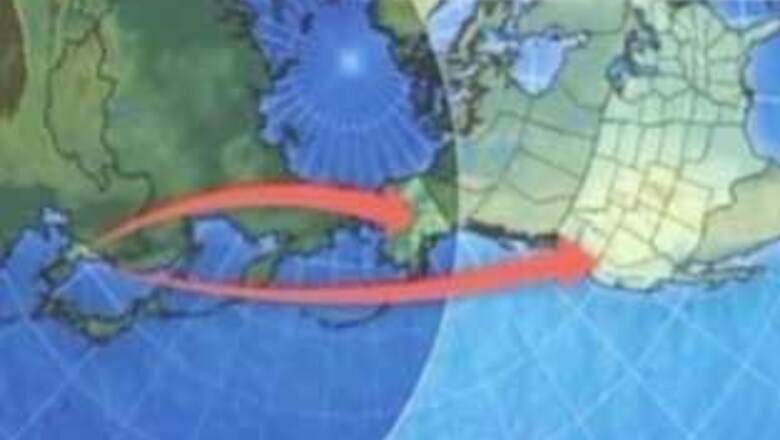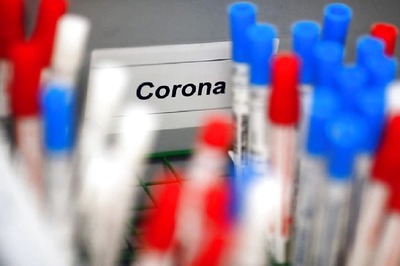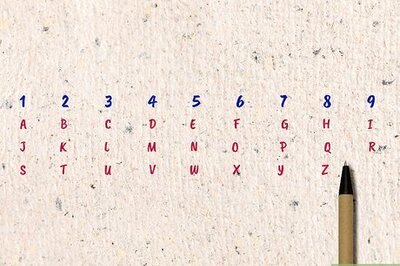
views
A look at North Korea's missile arsenal will show the stock that the country has piled up over the years.
ADVANCED TAEPODONG-2: Under development. Potential range of about 5,000 miles (8,000 kilometers), putting the US west coast, Hawaii, Australia and eastern Europe within striking distance. North Korea says this, and all Taepdong missiles, are space launch vehicles (SLVs) for satellites, though satellite and missile technologies are considered interchangeable.
TAEPODONG-2: Three-stage rocket with potential range of more than 4,100 miles (6,700 kilometers), putting Alaska within striking distance. South Korea says a test rocket fizzled soon after takeoff in July 2006. First two stages are liquid-fueled, while the third is believed to be solid-fueled. Similar to Iran's Safir-Omid space launch vehicle, suggesting extensive cooperation between the two nations.
TAEPODONG-1: Estimated range of 1,550 miles (2,500 kilometers). A test launch in August 1998 flew over Japan and shocked the world because it was well beyond North Korea's known capability at the time. Both lower stages are liquid-fueled, with a potential solid-fuel third stage. Payload is thought to be about 750 pounds (500 kilograms). Accuracy is believed poor, with no meaningful strike capability.
NEW MISSILE: North Korea has fielded a new intermediate range ballistic missile, according to South Korea's Defense Ministry. With a range of 1,800 miles (3,000 kilometers), it could reach Guam, northern Australia, most of Russia and parts of India. North Korea reportedly used Russian SS-N-6 submarine-launched ballistic missile technology for the mobile, land-based missile. It reportedly is liquid-fueled with one or two stages. Some reports say North Korea put the new missile on display during a 2007 military parade. Accuracy is unknown.
RODONG: Japan is the likely target of this short-range missile. Rodong is almost identical to Iran's Shahab-3 and Pakistan's Ghauri II (Hatf V), the strongest evidence of the countries' collaboration and of North Korean sale of technology and missile equipment to others. All three countries continue to refine the design. Estimated range of 620 to 930 miles (1,000 to 1,500 kilometers) and maximum payload of 2,200 pounds (1,000 kilograms). They are single-stage, liquid-fuel missiles on mobile launchers. Most have fairly poor accuracy, though some may have been fitted with warhead separation and more modern guidance systems.
SCUD: Single stage, liquid-fueled missile with a range of up to 500 miles (800 kilometers). Known in North Korea by the name Hwasong, the SCUD B and SCUD C can reach only South Korea, but the SCUD D could target Japan. Accuracy is extremely poor. Ballistic missile programs in Pakistan and Iran were built on SCUD technology.



















Comments
0 comment